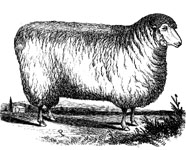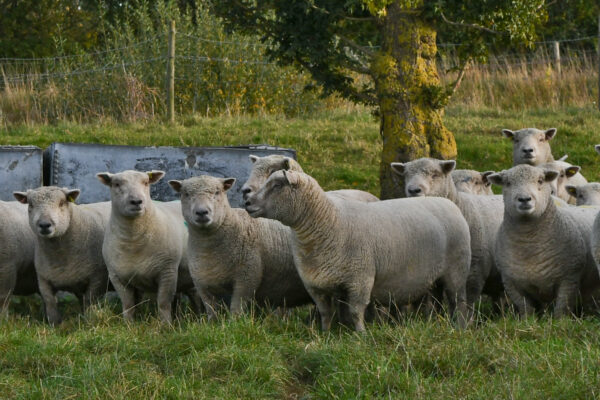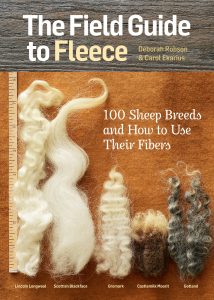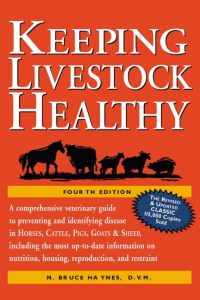
Breed Facts
Status:
Graduated 2024
Use:
Meat, Wool
Adult Weight:
Rams: 190-230 lbs. Ewes: 130-180 lbs.
Temperament:
Docile, Calm, Affectionate
Experience Level:
Novice – Intermediate
Notes:
Rapid growth rate; polled; used for 4H and FFA showing
SOUTHDOWN SHEEP
The Southdown is historically one of the most important of the British dual-purpose breeds of sheep. The breed was developed in southeastern England, specifically in the Chalk Hills or “South Downs” of Sussex. The region has a mild climate, fertile soil, and good grass that make it excellent for raising sheep.
The Southdown breed is the oldest of the “down” sheep. It originated from the native sheep of the region, which were improved beginning in the late 1700s and continuing through the 1830s. Southdown sheep were known as hardy and quick growing, and the quality of their meat was celebrated. The breed was consistent in qualities, and it was used in the development of several other breeds, including the Shropshire, Hampshire, and Oxford, its role being similar to that of the Leicester among the longwool breeds. The Southdown sheep flock on the Goodwood Estate in West Sussex, England, has existed for over 200 years and is considered one of the best examples of this breed.
The Southdown Sheep Society was formed in 1890.
It is likely the Southdown was imported to North America in the 1700s, although the first documented importation occurred in 1803, with sheep brought into New York and Massachusetts. Importations continued throughout the 1800s, including those from the English flock owned by John Ellman in 1824-29, though the breed did not become popular until after the mid-century Merino craze. The American Southdown Breeders Association was formed in 1882. The breed was highly regarded as a premier meat breed until the market preference shifted to taller, larger sheep in the 1900s.
Southdowns are distinctive in appearance. The sheep are sturdy, wide, deep, compact, and refined. Rams weigh 190-230 lbs. and ewes weigh 130-180 lbs. Lambing rate averages 140-160%, and they are a good choice for breeders who want to quickly increase their flock size. The sheep are white with mouse-colored faces. They have wool on their faces, ears, and legs. Both ewes and rams are polled. The wool is fine to medium, with a staple length of 4-6 cm, average fleece weighs 3-5 pounds, and a fiber diameter of 23-29 microns.
The breed has been shaped by selection for meat production and, as a result, Southdowns are early maturing and forage efficient. The high quality of the carcass has also been a hallmark of the breed. Southdowns are active sheep but they are relatively calm and affectionate in disposition and enjoy interacting with humans. They are often shown and used in 4-H and FFA programs. The breed is adapted to a variety of conditions including wet climates, and they are a good option for hobby farmers and homesteaders. Today, the breed is about the 6th or 7th most popular breed in the US, and its population has held steady during the past 20 years.
Note that they should not be confused with “Babydoll” Southdown or “Olde English Babydoll” Southdown which are not endangered.
Did you know:
The Livestock Conservancy writes, publishes, and sells books to help educate heritage breeders. Your membership dollars help us develop resources for farmers, ranchers, and shepherds across America. Click here to browse the shelves of our online bookstore.
You may be interested in…

Breed Facts
Status:
Graduated 2024
Use:
Meat
Adult Weight:
150 – 200 lbs
Temperament:
Docile
Experience Level:
Novice – Intermediate
Notes:
Rapid growth rate, polled
You may be interested in…




